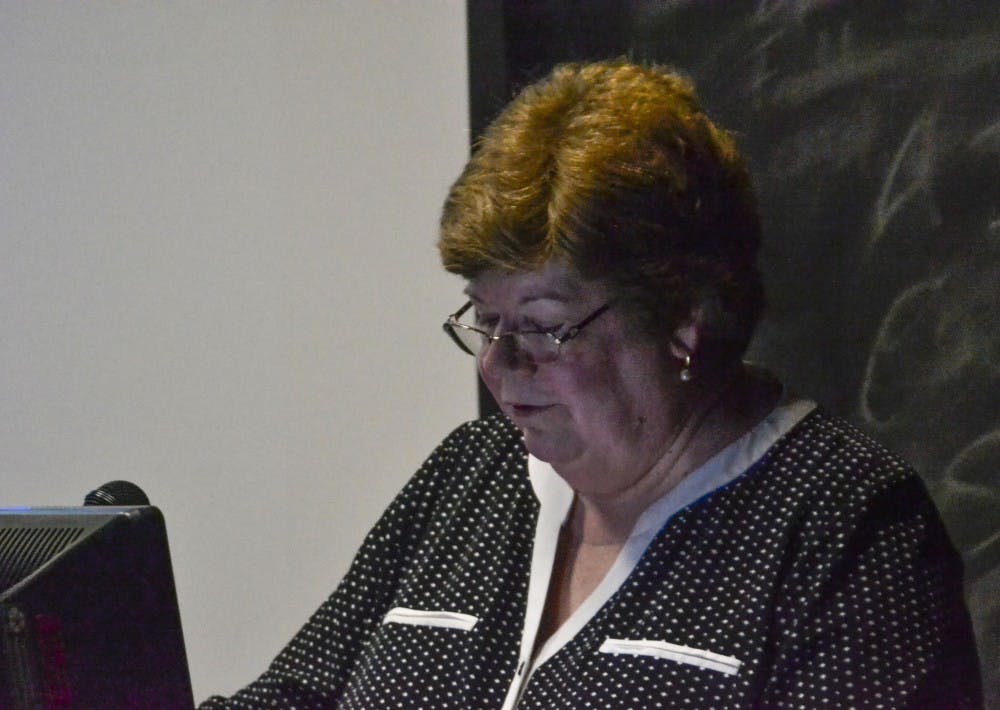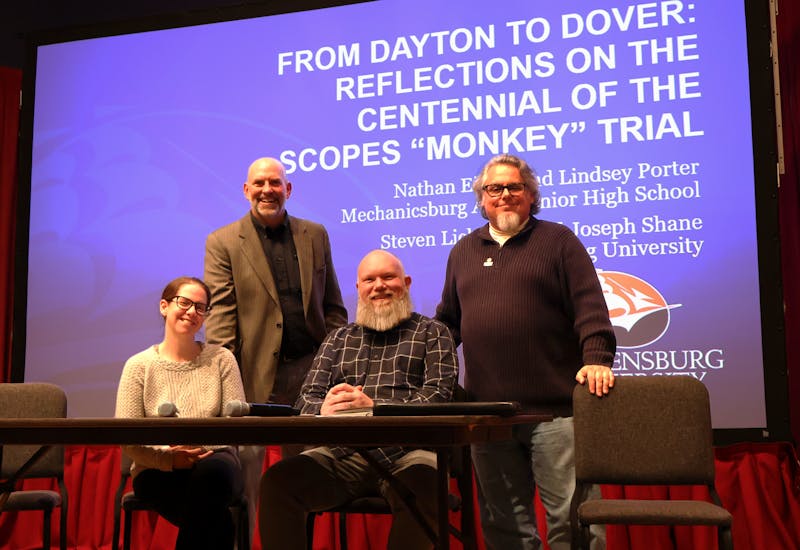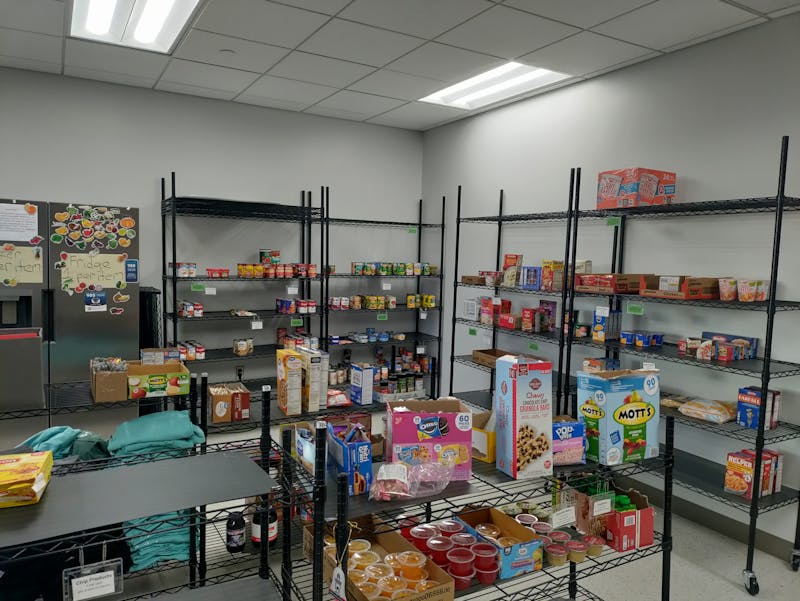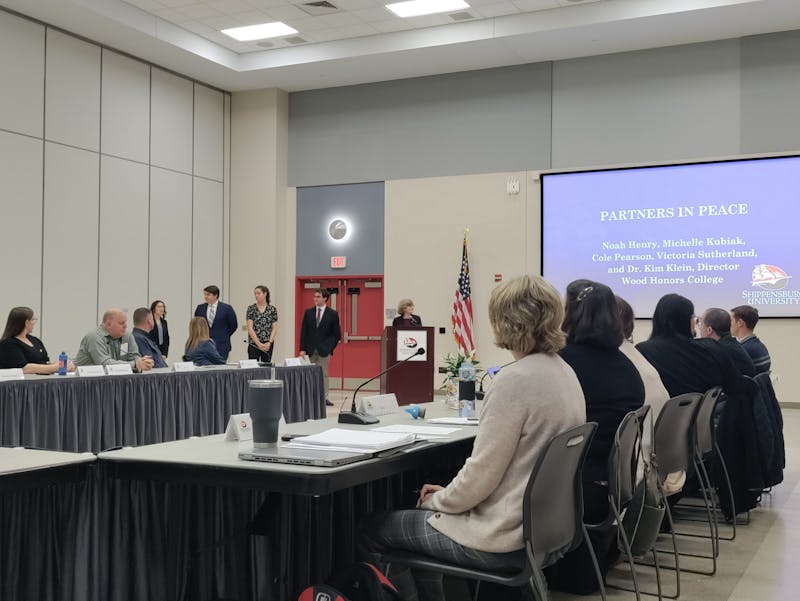People do not always think about the history behind the clothing they wear or the technology that produces it. That is why the Shippensburg University history department brought in expert Carolann Schmitt to Dauphin Humanities Center on Thursday to discuss industrial age American clothing.
Schmitt, founder of the Genteel Arts Academy in Gettysburg, spoke of several innovations throughout the presentation, touching on the main points of textile production history. These innovations included the invention of the crinoline, the sewing machine and various fabric dyes.
The first tool she spoke about was the loom, a machine used to produce textiles quicker and better, which required a long, painstaking process to operate successfully. Created by Joseph Jacquard, these devices required a draw boy in order to operate the machine. A draw boy was the operator of the machine.
“If you operated a loom, you would hear a constant ‘click click, clack clack, click click!” Schmitt said.
The innovation was later called the punch card, which would revolutionize textile production forever. Eliminating the draw boy, this system would allow all the work to be done mostly by itself. The creator, Herman Hollerith, called it the “punched card tabulator” which laid the foundation for the start of the company IBM. Schmitt spoke of the fact that one could trace a trail from the phone they used to the revolutions of the industrial industry.
“I became interested when my husband went to a Civil War reenactment and said they were dressed up,” Schmitt said. “I wasn’t interested in the clothes as much as how they were made, I became a ‘textile junkie.’”
Schmitt is a well-known speaker, member of several notable organizations and a past president of SU’s Fashion Archives and Museum.
“Students don’t realize the history of the clothes they wear,” Karin Bohleke, director of SU’s Fashion Archives and Museum, said. “They also don’t realize that many of the companies that started it all are still around today.”
The lecture, titled “Steel Mills and Steel Petticoats: How the Industrial Revolution Changed the Way America Dressed,” was sponsored by SU’s History and Philosophy Department and the Fashion Archives.





The Slate welcomes thoughtful discussion on all of our stories, but please keep comments civil and on-topic. Read our full guidelines here.